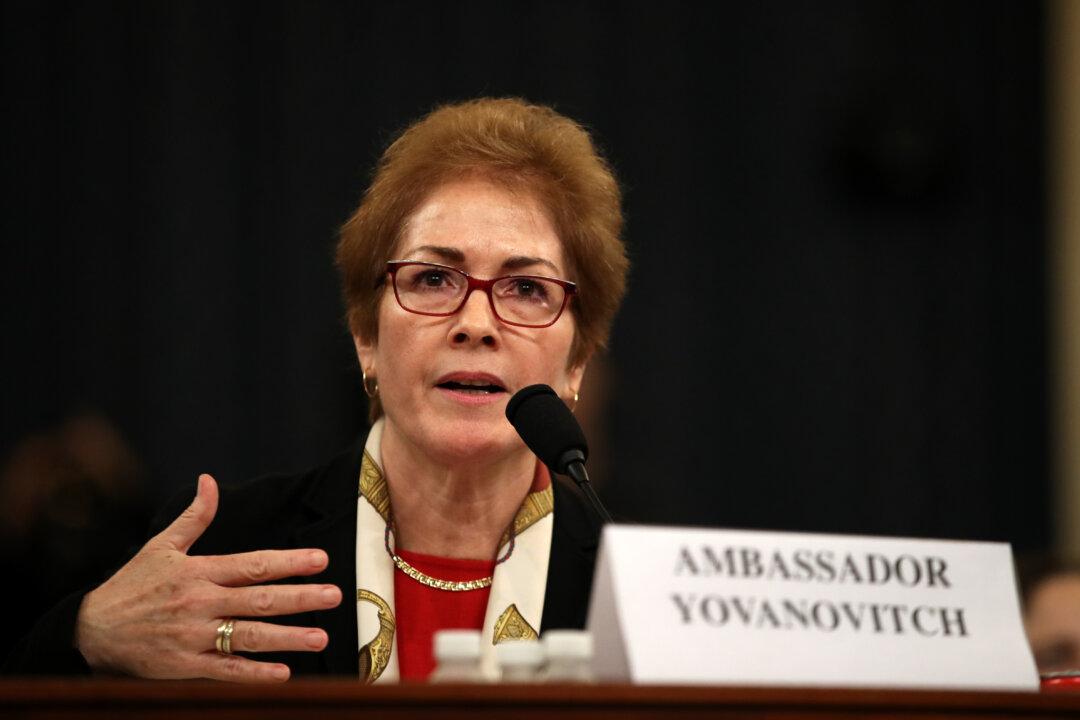PORT JERVIS—A heroin epidemic is happening all around the country and Port Jervis has not escaped it.
Sgt. Michael Worden of the Port Jervis Police Department said at a meeting on street drugs on Aug. 31 that a dramatic increase in the use of heroin became visible around 2012.
Marijuana is still the most commonly seized drug and crack cocaine is on the rise as well, according to police data, but heroin is far outpacing the rise of any other street drug out there.
Officials agree the popularity of heroin in the community is mainly due to two factors.
One is the rise in the prescription of synthetic opioids, like oxycodone, hydrocodone and methadone, which act as a gateway drug to heroin.
Down in the city area, the New Jersey and New York metropolitan area, they can buy a bag of heroin, a single dose, for about $3–$5 a bag.
, Port Jervis Police Department





